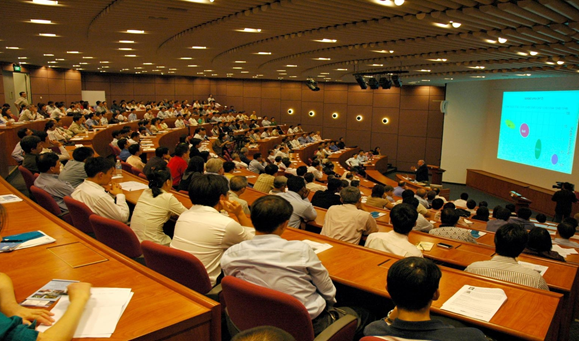The medical industry is continuously evolving, and medical conferences are at the forefront of showcasing these changes. In this blog, we will explore the latest trends redefining these professional gatherings, ensuring healthcare professionals remain at the cutting edge of their field.
Focus on Patient-Centered Care: Enhancing Healthcare Delivery
Modern medical conferences are increasingly emphasizing patient-centered care. This trend is reflected in sessions dedicated to patient advocacy and strategies for improving patient experience and engagement. By focusing on these aspects, conferences are helping healthcare professionals develop a more patient-centric approach in their practices, ensuring healthcare delivery is closely aligned with patient needs and expectations.
Technology Integration: Revolutionizing Medical Conferences
The advent of cutting-edge technologies has transformed medical conferences. Virtual Reality (VR) is creating immersive learning environments, allowing healthcare professionals to experience realistic clinical simulations. Meanwhile, Artificial Intelligence (AI) personalizes attendee experiences by tailoring sessions based on individual interests. This use of technology not only enhances learning but also makes conferences more engaging and relevant to each participant’s professional needs.
Sustainable Practices: A Core Element in Medical Conferences
Sustainability is increasingly central in medical conference planning. These events are setting a standard by embracing eco-friendly practices. This includes minimizing paper use, favoring digital materials, and choosing venues that adhere to sustainable principles. Such efforts significantly reduce the environmental impact of conferences, underscoring the medical community’s commitment to environmental responsibility.
Interactive Formats: Enhancing Engagement and Learning
Medical conferences are increasingly moving away from traditional lecture-based formats to more interactive styles. Workshops, panel discussions, and interactive sessions are now common, promoting active participation and collaboration among attendees. This shift enhances the overall learning experience, making it more dynamic and engaging.
Networking in the Digital Age: Expanding Professional Connections
The rise of digital technology has transformed networking at medical conferences. Digital platforms facilitate connections beyond the constraints of physical events, allowing healthcare professionals to network and collaborate with peers worldwide. This global networking capability enriches professional relationships and collaboration opportunities in the medical field.
Conclusion
These emerging trends signify more than just advancements in medical conferences; they represent a paradigm shift in healthcare professional development. By embracing innovative technologies, focusing on patient-centered care, adopting sustainable practices, and fostering interactive learning and global networking, medical conferences are not only enhancing the learning experience but also ensuring the medical industry remains dynamic, adaptable, and forward-thinking
